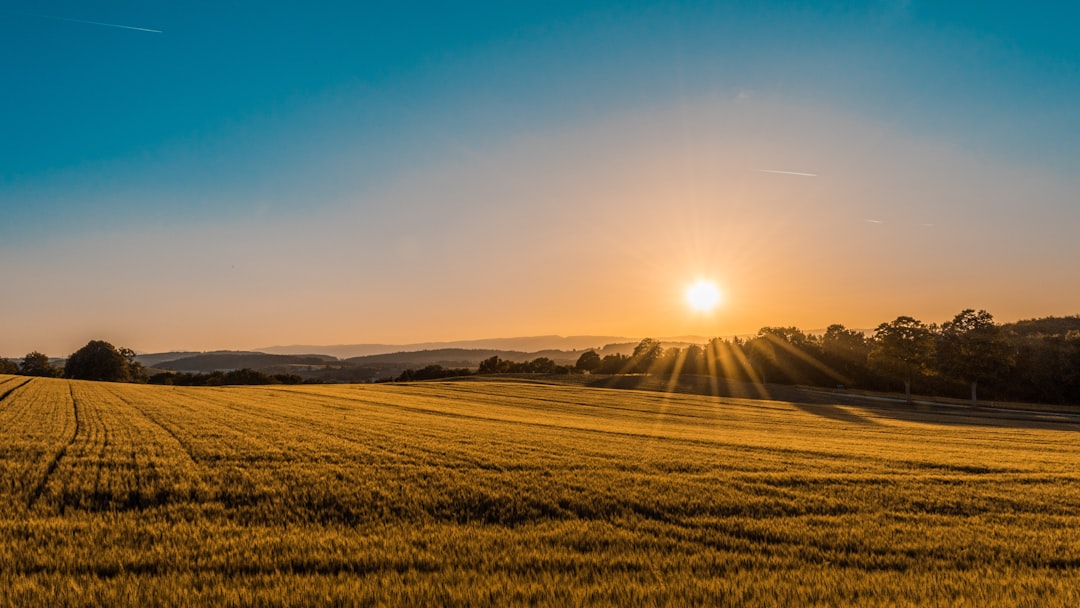What is it about?
In Biogeography, the field that studies the spatial distribution of species and the evolution of their environments, there is a pervasive question: why do unrelated species often have similar geographic distributions? Unfortunately, most methods for addressing this question do not explicitly consider spatial congruence as a controllable parameter. However, SCAN is unique in that it uses species-to-species spatial relationships in network analysis to recover not only the most obvious spatial patterns of shared distributions, but also a plethora of other spatial relationships, including gradients of distribution that cannot be described appropriately by conventional methods.
Featured Image

Photo by Zdeněk Macháček on Unsplash
Why is it important?
The algorithm applies objective criteria regarding the spatial properties of entities, such as species, environments and geographic regions, which can be analysed in depth. Recognized patterns may vary from highly congruent, with species showing almost the same distribution, to large and continuous gradients combining species replacing each other along a transition zone. This flexibility allows the recognition of dynamics and evolution in spatial patterns, and also allows the comparison between species and regions based on natural criteria.
Perspectives
A Shiny app will be soon published (but is already available at https://github.com/cassianogatto/SCAN_engine). Meanwhile we are applying the method to the analysis of endemic patterns of South American Birds and Primates (with collaborators). SCAN is super intuitive, allows the gattering of tons of insights about species distributions, and now is fully converted to a standard network analysis (in R). Many network tools and concepts can now be integrated to biogeographical analysis.
Cassiano Gatto
Universidade Federal do Amazonas
Read the Original
This page is a summary of: Spatial Congruence Analysis (SCAN): A method for detecting biogeographical patterns based on species range congruences, PLoS ONE, May 2021, PLOS,
DOI: 10.1371/journal.pone.0245818.
You can read the full text:
Resources
Contributors
The following have contributed to this page










